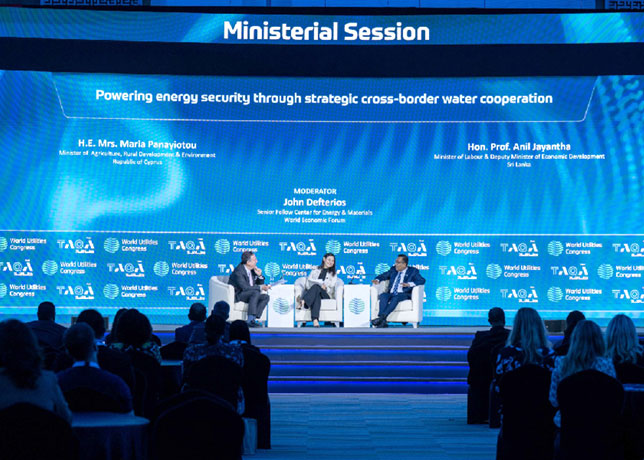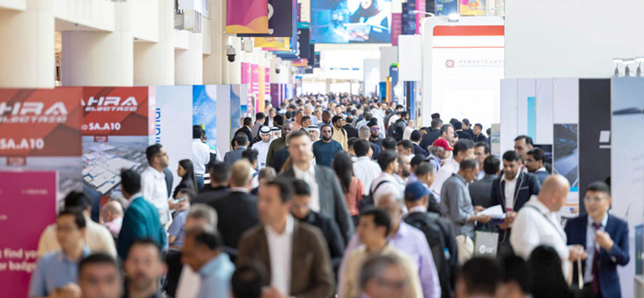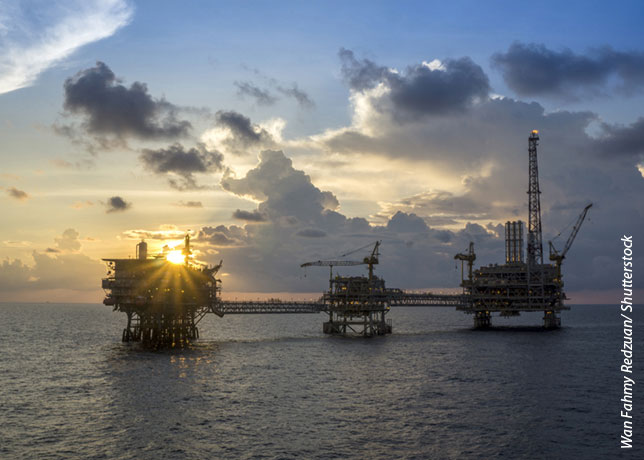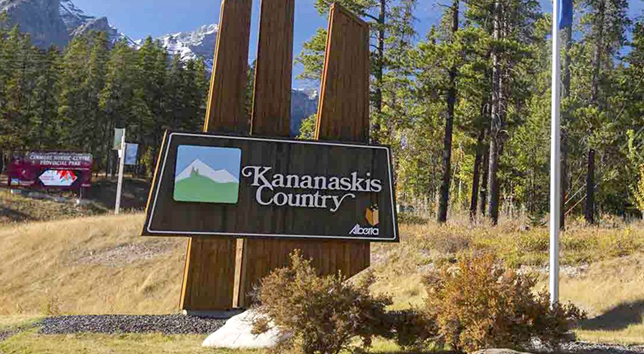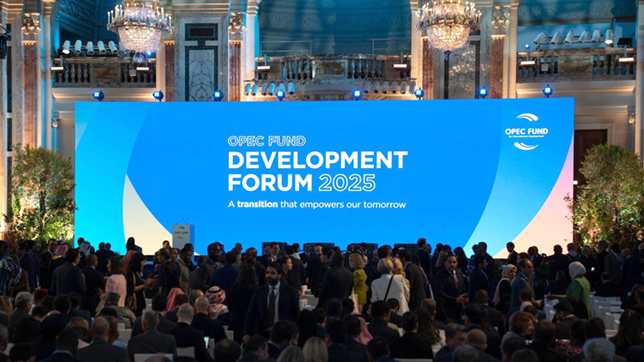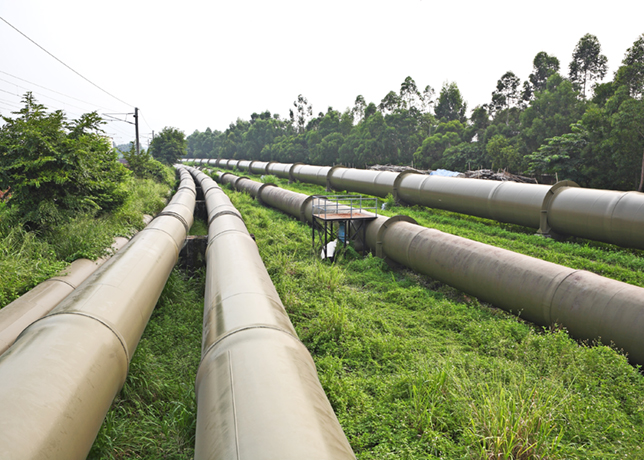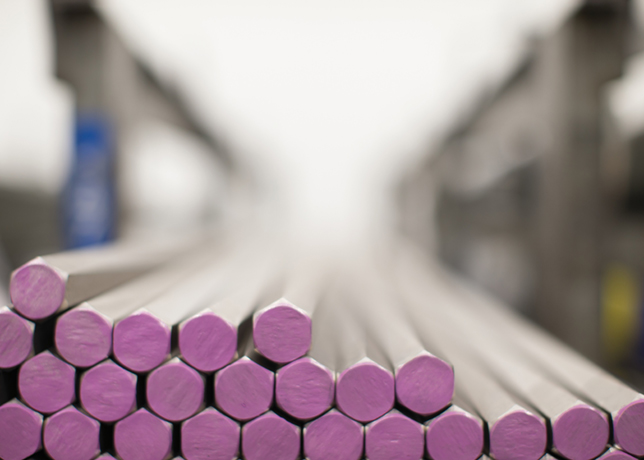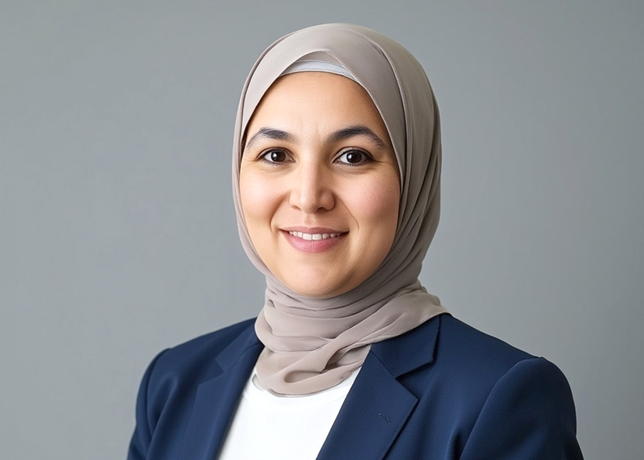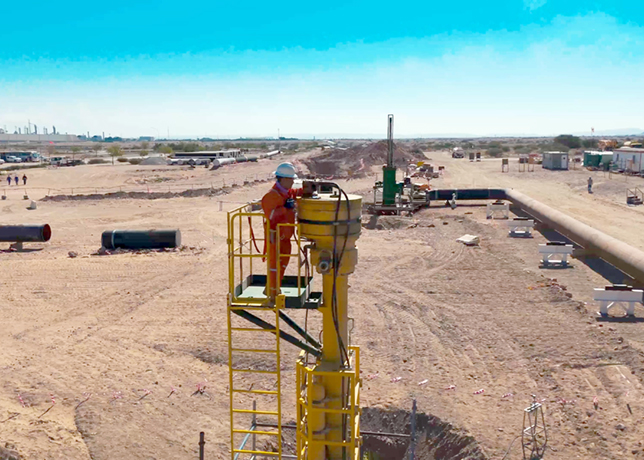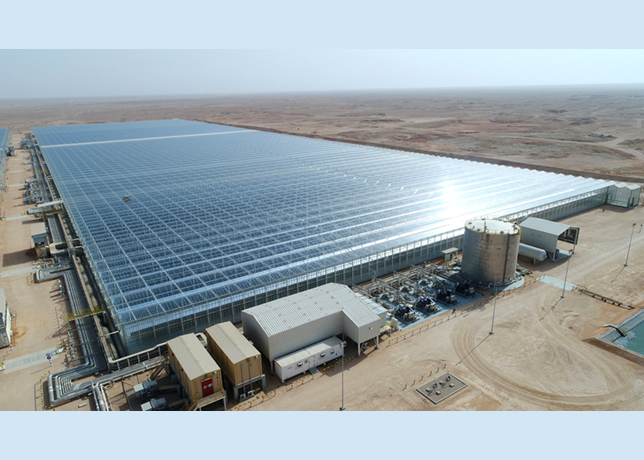
 RasGas in deal to supply LNG to the US and India
RasGas in deal to supply LNG to the US and India
Since its foundation in 1993, RasGas has set and met every milestone on its journey, overcome every obstacle and has set the pace for the global LNG industry
2005
November: Ras Laffan Liquefied Natural Gas Company Limited (3) is established to own Trains 6 and 7.
September: Ras Laffan Liquefied Natural Gas Company Limited (RL) and the Korea Gas Corporation (KOGAS) sign an equity participation agreement under which the Korea RasGas LNG Limited shareholders (KORAS) acquire a 5 per cent shareholding in RL.
Ras Laffan Liquefied Natural Gas Company Limited (3) awards the onshore and offshore engineering, procurement and construction (EPC) contracts for Trains 6 and 7.
August: The Ras Laffan Helium Project produces its first liquid helium. The crude helium stream is extracted from seven existing LNG trains, four at RasGas and three at Qatargas.
Train 4 and its associated acid-gas injection facilities are successfully commissioned ahead of schedule, and the new train produces its first LNG.
July: The Lusail, the third (and with a capacity of 145,000 m 3, the largest to date) LNG tanker time-chartered by RasGas, arrives at Ras Laffan to load its first cargo.
February: RasGas signs an agreement with Distrigas of Belgium to supply 2.07 mta of LNG for 20 years, starting in early 2007.
2004
November: RasGas signs a new, short-term agreement with the Korea Gas Corporation (Kogas) to supply an additional 3.84 mta of LNG from late 2004 to April 2008.
July:RasGas announces time-charter agreements for eight further LNG tankers. Three will be jointly owned by the Qatar Gas Transport Company (QGTC) and Teekay Shipping Corporation, four by QGTC and Maran Gas Maritime, and one by QGTC and a consortium of Japanese ship owners.
June: Fluxys LNG signs a long-term capacity agreement to enable RasGas to supply LNG to the European market through the Fluxys Zeebrugge terminal beginning in 2007.
February: Train 3 produces its first LNG and the first shipment leaves for India, where the new Petronet terminal at Dahej in Gujarat is formally inaugurated.
January: Offshore completion of Train 3 and delivery of the Disha, the first of two new vessels time-chartered by Petronet to transport LNG from Train 3 to India.
RasGas takes delivery of its first dedicated LNG carrier, the Fuwairit. The second, the Maersk Ras Laffan, is delivered in May 2004.
2003
November: RasGas (II) and Edison Gas agree to increase deliveries of LNG to 4.6 mta from 2008.
October: Qatar Petroleum and Exxon Mobil Corporation sign a heads of agreement for RasGas (II) to supply 15.6 mta of LNG to the United States, for a period of 25 years from 2008/9. This agreement necessitates the construction of what will be two of the largest trains ever built for the LNG industry - Trains 6 and 7.
July: RasGas (II) and Endesa Generacion SA sign a 20 year agreement for the supply of 0.8 mta of LNG commencing in 2005.
May: RasGas, RasGas (II) and Qatargas combine resources to plan, build and operate the Ras Laffan Helium project.
March: The company is appointed to build and operate phase one of the Al Khaleej Gas (AKG-1) project on behalf of ExxonMobil Middle East Gas Marketing Limited.
RasGas signs an exclusive heads of agreement with the Chinese Petroleum Company (CPC), of Taiwan, to supply 3 mta of LNG from 2008. The sales and purchase agreement is signed in September 2005.
2002
October: RasGas (II) exercises options under existing Train 3 agreements with its contractors to begin detailed engineering, procurement and construction work on Train 4.
September: The World Petroleum Congress rates RasGas one of the best 30 LNG companies worldwide.
July: RasGas signs a time-charter party agreement with Qatar Shipping and a Japanese consortium for its first dedicated 138,000 m3 LNG carrier. The time charter agreement is the first of six to be signed as part of the company’s first acquisition programme.
January: The foundation stone for Train 3 is laid.
2001
September: The first repayments are made on RasGas loans, and the first dividends are paid to RasGas shareholders.
July: RasGas Company Limited established to operate all LNG trains and future projects at the Ras Laffan site and offshore.
June: RasGas (II) and Edison Gas sign a 25-year agreement for the supply of 3.5 mta of LNG commencing in 2005.
May: RasGas completes the financial projects for Trains 1 and 2.
March: Ras Laffan Liquefied Natural gas Company Limited (II) is established to own Trains 3, 4 and 5.
2000
March: Production of LNG from Train 2 commences. The aggregate capacity of Trains 1 and 2 is 6.6 mta.
1999
October: The Amir of Qatar Sheikh Hamad bin Khalifa Al Thani inaugurates the RasGas plant and facilities.
July: Against fierce competition, RasGas secures an agreement to supply Petronet LNG Limited of India with 5 mta of LNG to the new LNG terminal at Dahej in Gujarat and, subject to some conditions being met, a further 2.5 mta.
April: Production of LNG from Train 1 commences. LNG is held in storage tanks at Ras Laffan port, and the first shipment leaves for Korea in August, on Kogas’s chartered tanker, the SK Summit.
1997
June: RasGas and Kogas agree to increase annual deliveries of LNG to 4.9 mta.
1996
December: Arrangements are finalised for loan facilities totaling US$2.55 billion, enabling work to begin on the drilling and construction of Train 1.
1995
October: RasGas signs an agreement with the Kogas to supply 2.4 mta of LNG, beginning in 1999.
1993
October: RasGas is established by Emiri decree as Ras Laffan Liquefied Natural Gas Company Limited. This step is part of the creation of a liquefied natural gas (LNG) export industry in Qatar.
1991
The North Field Alpha project begins producing natural gas and condensate.
1971
Natural gas is discovered offshore, but it takes several years of exploration and evaluation before it is realised how significant the find is. The latest estimate if North Field reserves is 900 trillion standard cubic feet, making it the largest single, non-associated natural gas field in the world, with around 10 per cent of known reserves.
1939
The first oil is discovered in Qatar, near the western city of Dukhan, but due to the Second World War, no oil is exported until 1949. Offshore exploration begins in the early 1960s, with major finds in 1960, 1963 and 1965. By 2000, average daily production of crude oil reaches 687,000 barrels.










